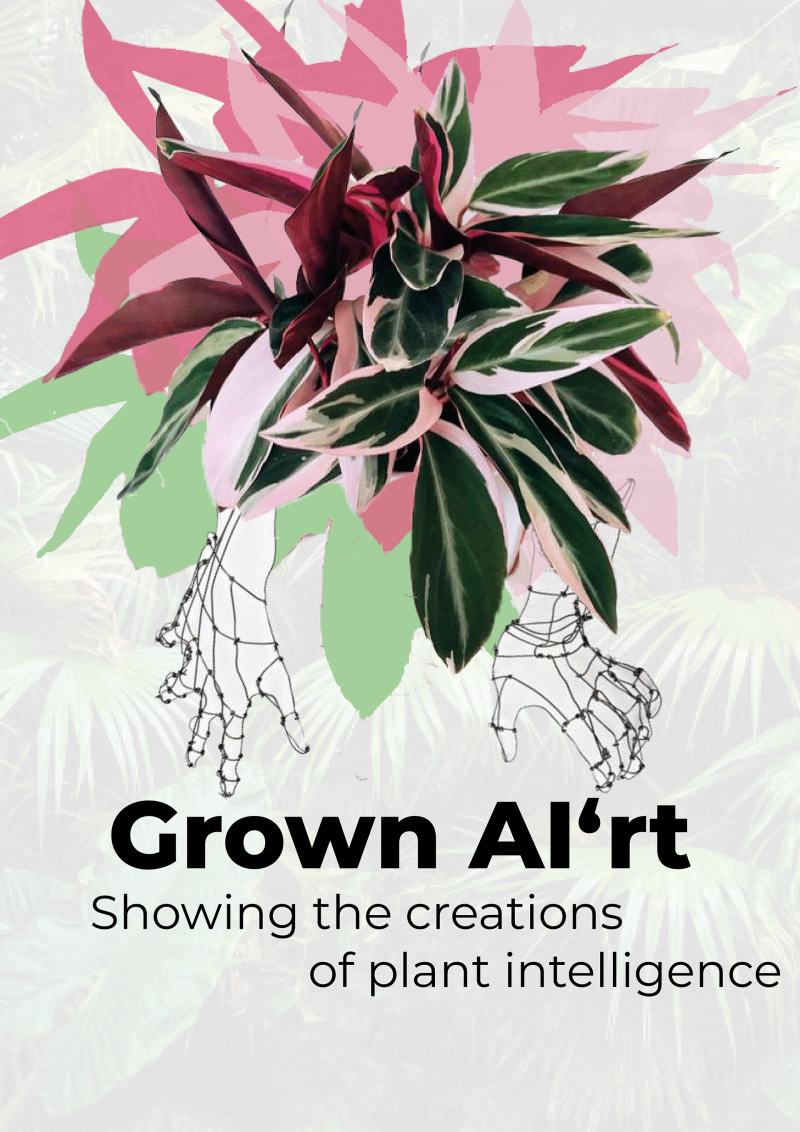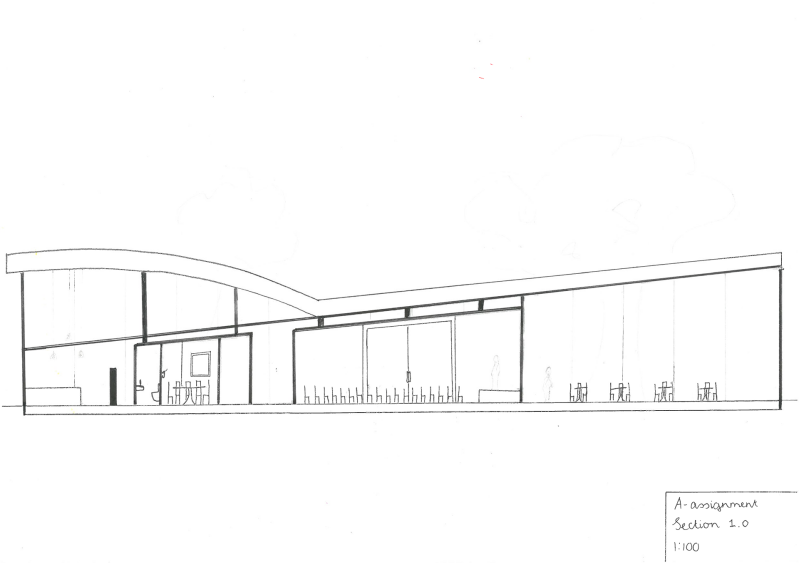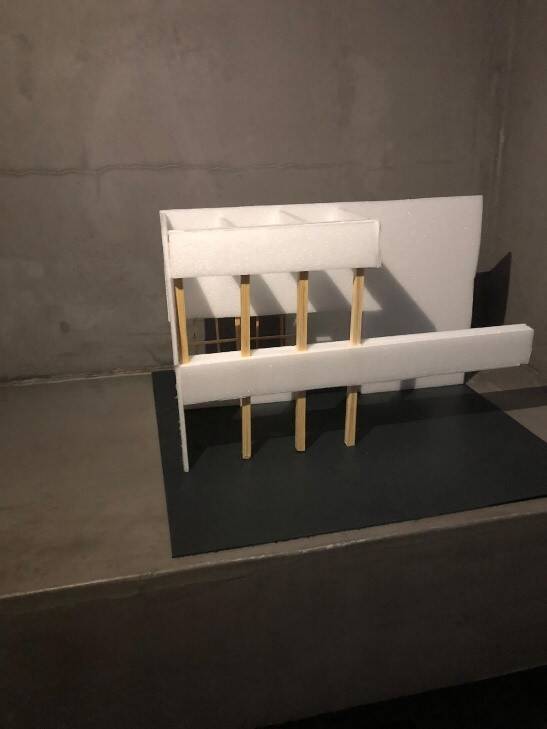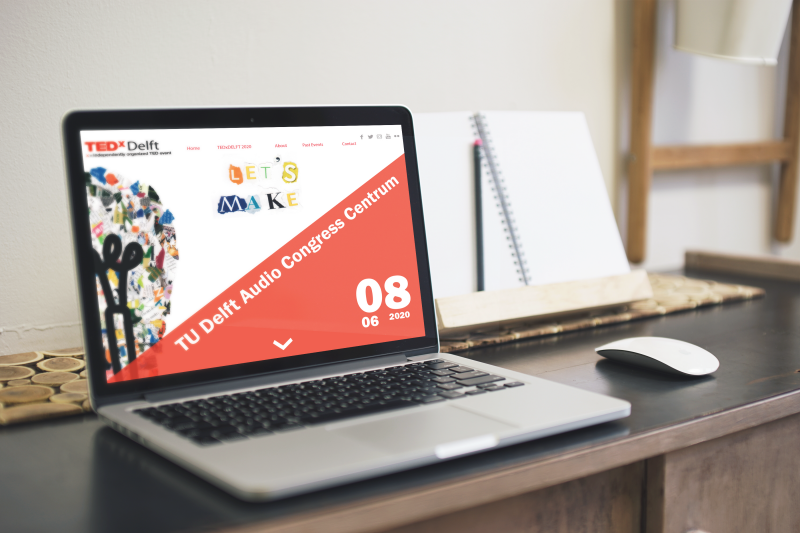"Duurzame etalage/ Sustainable window"
During my graduation project I developed a new sustainable material.
A new sustainable material developed by a new partnership of different companies. An incentive to window displays that lifts the fashion industry to a more sustainable future.
A material made from residual clothing from the famous fashion brand Fendi: Filament that consists of residual clothing. This material not only ensures that the waste stream of Fendi is reduced, but also ensures that it gets a new life. Among other things, mannequins for shops and shop windows can be created from the material.
The special thing about the material is that the process is circular. Over time, the mannequins need to be replaced. Instead of throwing these mannequins away, these mannequins are returned so that after processing in a shredder the material can be spun again into filament and then made into new 3D prints. A perfect combination of sustainability and circularity.
This first shop window is therefore the start of the subsequent shop windows in which the materials will be printed from this material. (Fendi has asked whether the upcoming Christmas shop window (2023) can be printed from this material) By having a 3D printer print live in the shop window, the shop window becomes a real attraction for passers-by. During the day, the beauty of the “residual” material will be admired and it will unfold into a shape.
The story the shop window portrays makes consumers think about environmental issues and gives the store brand identity by showing their commitment to a brighter future with less waste for the (in the future) overall industry. Slowly but surely, the fashion industry is developing a growing awareness of sustainability and this material can play a crucial role in this.
The project is nominated for "De Vaan" graduation award!





Grown AI'rt
The different iterations are visualized in a circle of sketches.
Doing this project brought me to different expertise areas. Technology & Realisation is one of them. Looking at Technology and Realization I explored, visualized, and created innovative concepts and experiences using appropriate technologies during our iterations. But also Creativity & Aesthetics was important in this project. By creativity and Aesthetics I generated, selected and refined ideas by using a variety of creativity techniques and by changing perspectives during the work.




Designing swimshorts and sup bag at JOBE




During my internship at JOBE sports, I designed new swim shorts. I was responsible for the entire process from competition analysis, to quality control and testing to design. Searching for the right suppliers and the right quality was also part of this. Subsequently, I also focused on the design and development of a sup bag in the same area.


"Haar"tstikke bruikbaar"
In what forms can we use and process human waste, scalp hair, in products so that the taboo on the use of human waste for new products is broken?
As long as the hair is on someone's head, there is nothing to worry about, but when there is a hair on a chair, it is suddenly dirty.
But why is this dirty? Hairs are naturally strong and could be used for so much more than “waste”. There are different forms in which we can use human hair and process it in products. We can get started with spinning and weaving techniques to make rope, but we can also make a carbon by heating hairs with which to write and draw. Furthermore, hairr is also a nice addition in art. This produces beautiful effects and can add an emotional charge. Through unconscious participation with the products we arouse interest and curiosity. To break the taboo "disgust of hair as waste", we must unlearn this disgust. Hair is a VERY useful material.



Design for shapes
The Communication and Multimedia Design discipline leans heavily towards product design, especially when it comes to the use of offline resources, physical interaction and the use of rapid prototyping methods.
The chosen designer for this product was Etorre Sottsass. Below the product you will find the inspiration material and a model created in Blender.




Design for a Speakers Corner
During the study of Architecture, Urbanism and Building Sciences at the Technical University in Eindhoven, we were assigned to design for a Speakers Corner. The different spaces had to have fixed areas.






Physical Computing
In the Physical Computing course we were assigned to come up with a concept for a technical prototype. In this subject, we came to understand the basics of developing technical prototypes with Arduino, including coding, sensor knowledge and electronics was covered.
I built and coded a car sensor that indicates through lights, sound and text how far you can drive. The code is written in processing.


Lovell Health House - Richard Neutra
During the study of Architecture, Urbanism and Building Sciences at the Technical University in Eindhoven, we were assigned to dissect a predetermined house and elaborate it into different parts.
The house in its spatial context, the enclosed spaces, the space defining elements and a light part detail.


TEDx
In Contextual Concepting, you were asked to represent information vividly and clearly. By researching and cleverly visualizing information, you add meaning and create insight. In addition, from this research a language of forms emerged within a Dynamic Visual Identity for the event TEDx Delft.






De stad door mij bekeken
In the Visual Design project we were asked to shape the city through our eyes. It involved the city of 's-Hertogenbosch.
The posters had to have a thorough title and had to be placed in a context. The designed posters have a double bottom. Both posters are a sign of 's-Hertogenbosch. The poster with the frog is known for carnival. The title refers to the fact that during carnival beer is drunk everywhere, so it sticks to all sides. The other poster is the golden dragon fountain. The dragons spit fire, but in the city of den bosch a lot of gum is also spit out on the ground. This is what the title refers to.


Maak jouw eigen website met JouwWeb